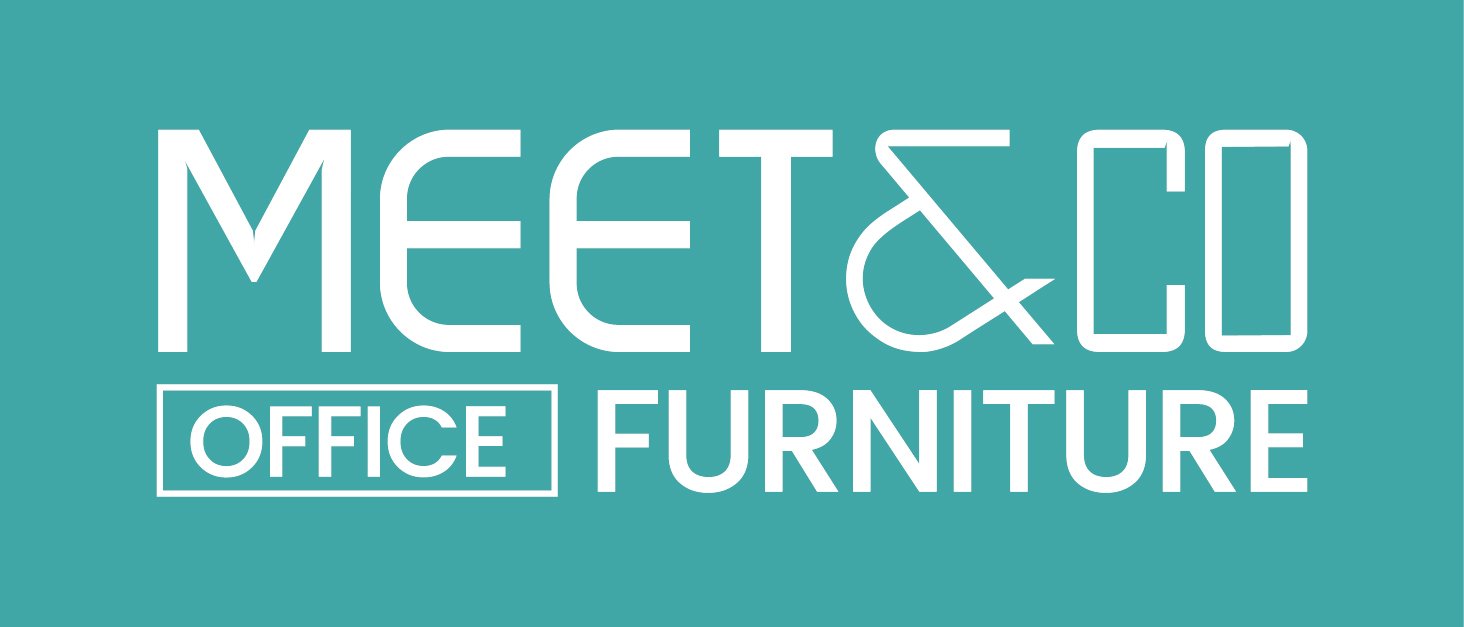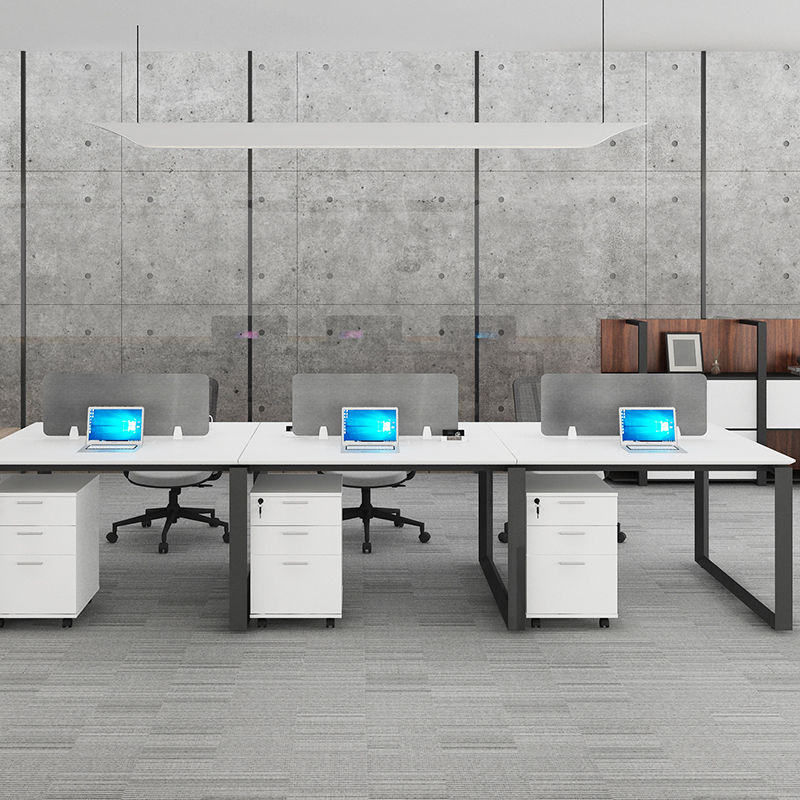Office Workstations
Office workstations should be comfortable, ergonomic, and safe for employees. When choosing seating for employees, the distance between desk and chair should be based on the amount of space each employee needs. A chair that supports your back should be an ergonomic option as well. Also, be sure to consider the height and width of desks, as this will impact the comfort of your employees. Lastly, take into account the overall space of your workspace, as you want each employee to feel comfortable, not cramped.
Modular systems furniture
A modular system can help organizations achieve the desired workstation configurations. Grouped workstations foster collaborative work and can be easily reconfigured as the business grows. The flexibility of modular workstations allows companies to adapt to changing needs and can save money by using the same components over time. If the workforce increases rapidly, the modular system can be used for the new employees’ workspace, and the remaining parts can be repurposed.
Modular office furniture is an excellent choice for open-plan offices. Employees can move about freely and can work collaboratively. It is easy to rearrange the furniture in modular workstations. When the layout of an office is closed off, employees are often confined to a small space. This can lead to a cramped work space and a lower morale among employees. In addition, modular furniture can easily be disassembled to save space.
The open-plan design is another benefit of modular furniture. Open space promotes creative thinking, which is crucial to productivity. It is also conducive to ad hoc modular office furniture installations. Big floor space can be used for monthly meetings around a modular boardroom table or a six-person training class. Whether it is a small office or a large enterprise, an open-plan workspace can make the difference between employee satisfaction and bottom line success.
U-shape workstations
There are several types of U-shape office workstations, and each is made to fit a specific type of area. Start by determining the measurements of the area you want to fill with your new office workstation. Next, decide which configuration, style, and finish you’d like. After that, you can shop for and order your new desk. Here are a few tips to help you select the best u-shape desk for your space.
Whether you need to maximize work space or store papers, U-shaped office workstations will suit your needs. This style is highly customizable, offering ample surface area and cabinet space. You can even order a hutch to maximize your work space and keep your workspace looking tidy. But if you want a simpler, less ostentatious design, you can also go for a standard U-shape desk without a hutch.
If you’re looking for a U-shaped desk with storage space, the Bestar Embassy Small Desk may be the perfect choice for your needs. It measures 92 inches deep, 67 inches high, and 128 inches wide. The desk includes a complete filing system, adjustable shelving, and a standard size. Best of all, it’s an affordable U-shape desk that will fit your space and budget.
Cubicles
If you need office workstations for your business, you may be wondering what the best options are. There are several options available, and each of them has its advantages and disadvantages. A good option is one that will fit your company’s needs and present a younger, more open look. For those who don’t need a huge amount of space, benching workstations are a great option. However, you need to think about your budget and your employees’ preferences before purchasing cubicles.
One of the most important aspects of an office workstation cubicle is the storage that is provided. You can create an organized storage space for your staff while still promoting collaboration among colleagues. Cubicles that allow for individual privacy will also promote employee satisfaction. Sunline cubicles provide the best of both worlds, promoting independent and collaborative work. They can also be customized for your employees’ needs. You will be happy with the results.
Office cubicles come in a variety of styles and materials. Cubicles can be made of wood, laminate, glass, and fabric. With personal cubicles, employees can choose colors and add memorabilia to their space. These workstations are a great option for many businesses, and their aesthetic appeal can be easily customized to fit their company’s needs. So, whether you want your cubicle to be sleek and minimalist or colorful, cubicles are the perfect solution.
Lamps
If you’re working from a desk, you’ll definitely need a good light. This is why angular lighting is ideal for office workstations. Aside from complementing the aesthetics of your desk, angular lighting also offers flexibility. This type of lamp comes in several colors and can be positioned in different angles. If your desk is small, a wide head may be too obtrusive.
If you’re on a tight budget, you can opt for lamps with built-in LEDs. These lamps are also energy-efficient and emit a warm, diffuse light. Plus, the integrated light bulb prevents your eyes from tiring while you’re working. To switch on and off the LEDs, you simply push a button on the base. Some lamps can be hard to assemble, but the IKEA Forsa is a tried-and-true favorite. Its shade slides in and out of the base with a secure click. The arm arms slide into each other, requiring you to stretch two springs.
One of the most important features of office workstation lamps is the range of motion they can offer. The greater the range, the better. Ensure the light source doesn’t cast any glare on your workstation, computer screen, or input device. And, while choosing an office workstation lamp, remember to consider its range of motion and its brightness. Once you’ve decided on the type of light source you need, you can start shopping for office lamps.
Sizes
Office cubicles vary in size depending on the type of role they will play in an organization. 8′ x 8′ cubicles are popular choices for middle management, senior staff, and front-line supervisors. A 6′ x 6′ cubicle can fit one employee, and an 8′ x 12′ is ideal for a general employee team. Smaller cubicles can be used for administrative staff or customer support positions.
Desk widths are usually twenty inches or more. But if you need a wider desk, you can select a desk that’s sixty or seventy inches long. Some desks have angled surfaces, which hides the printer on the far right, while leaving room for an extra seat in front of a window. If you’re looking for a narrow computer desk, make sure to consider the space required for the chair.
Desk depth and width are also important. The height should be at least eighteen inches higher than the desk’s base. For additional storage space, opt for a desk-high pedestal or file cabinet. A smaller desk is not ideal, as it lacks the space to hold writing materials. A smaller desk should be twenty to thirty inches wide and eighteen inches long. However, a desk that’s thirty inches deep and twenty inches wide can still accommodate a variety of workstation accessories.
Psychology of office workstations
The Psychology of Office Workstations – What’s the Best Way to Be Productive? New research reveals how office workstations affect workplace productivity. In the 1960s, cubicles were a revolutionary innovation. They allowed employees to work independently and were an economical solution to space constraints. But over time, cubicles have come to represent oppressive corporate culture and cramming as many employees per square foot as possible. Furthermore, they’ve become synonymous with demotivated and unproductive workers. Cubicles are linked with higher sick days and a greater likelihood of quitting work.
In addition to office design, the type of workstation affects physical activity. Using open bench seating was associated with higher levels of physical activity and reduced physiological stress, compared to using cubicles. The results of these studies suggest that physical activity and stress levels are positively related to the type of office workstation used. Further research on this issue is needed. In the meantime, these findings suggest that open bench seating may have a health benefit but should be weighed against other considerations when designing office space.

